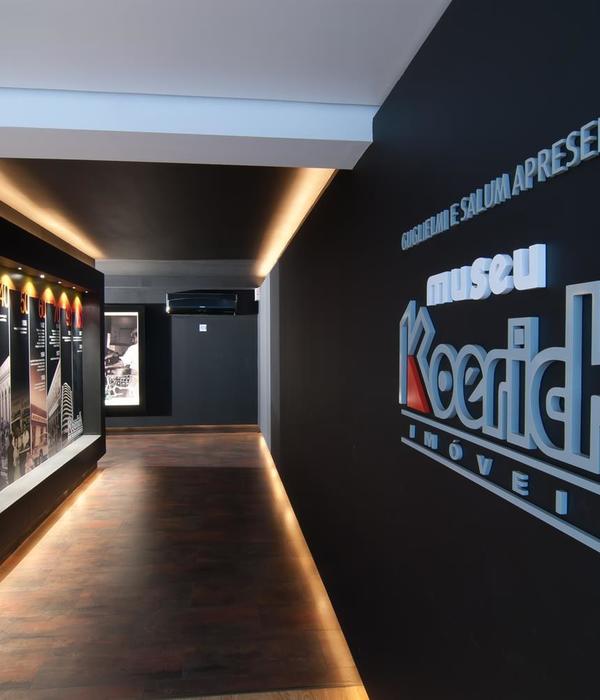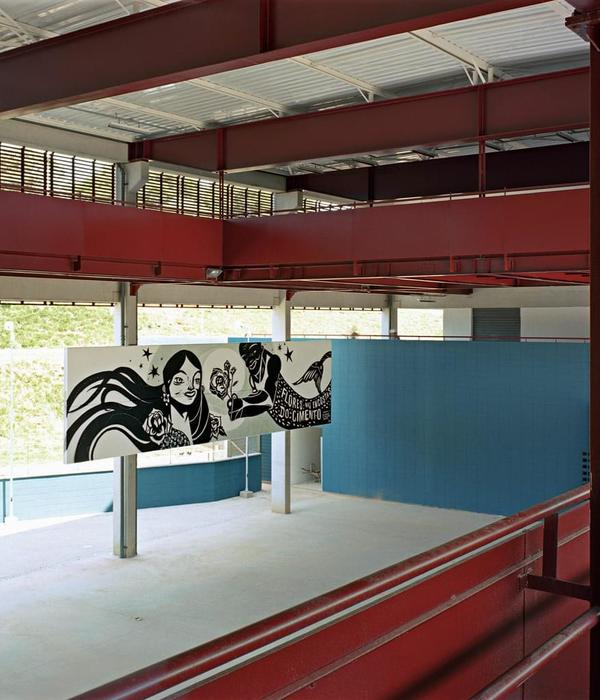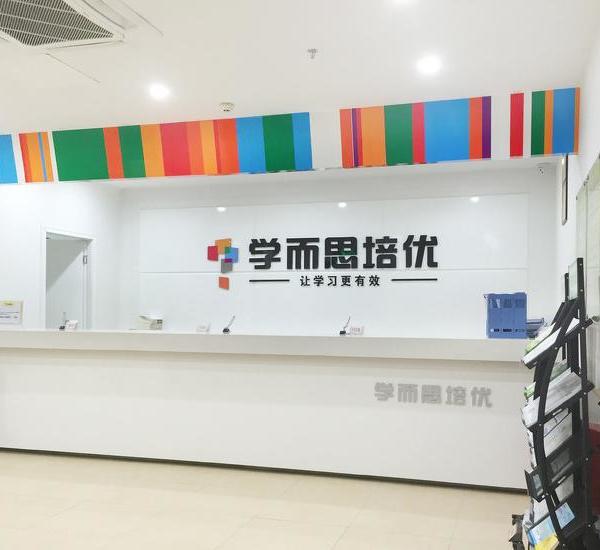Architects:TJAD Original Design Studio
Area:1718m²
Year:2023
Photographs:Yong Zhang,TJAD Original Design Studio
Lead Architects:Ming Zhang, Zi Zhang, Bo Chen
Main Contractor:Hangzhou Xiaohong Construction Environment Group Ltd.
Design Team:Original Design Studio of Tongji Architectural Design (Group) Co., Ltd.
Overall And Architectural Design Team:Guanjie Yao, Xiaoya Zhang, Yuqing Feng, Shuang Zhao, Yin Long, Xiaotong Mou, Jialong Sun, Hanxiao Ma, Chen Li, Jieru Zhang, Tayi Gu
Bim Design Team:Dongsheng Zhang, Lingyu Wang, Yi Xuan
Structural Design Team:Honglei Wu, Chaoyi Zheng, Dejian Huang, Dongyuan Li
Mep Design Team:Jian Liu, Min Jia, Sien Zhang, Zonghu Lv, Haidong Wang, Yujie Zhang, Yujie Li, Ting Cai
Landscape Design Tea:Xiubing Li, Qian Zou, Jian Luo, Jinghua Su, Yuke Liu
Lighting Design Team:Xiu Yang, Chen Bian, Di Li
Technical And Economic Team:Xiaolin Pang, Lingjun Zhou, Junlong Zang, Xinyun Chen, Zhou Tong, Yuwei Ge, Chunxia Zhang, Yexin Cao
Green Building Team:Guohui Ren, Fanghui Xue, Xiaowei Zheng, Fanlin Meng
Cooperation Team:The Achitectural Design&Research Institute of Zhejiang Sci-Tech University Co.Ltd., The Achitectural Design&Research Institute of Zhejiang Sci-Tech University Co.Ltd., Anhua Qin, Jiayao Huang, Kang Zhou, Kai Ma
Clients:Hangzhou Binjiang Environmental Development Co., Ltd.
City:Hangzhou
Country:China
Text description provided by the architects. The Changting Station is located on the south bank of the Qiantang River in Hangzhou's Binjiang District. It is a part of the 12-kilometer waterfront public space renovation project in Binjiang District of Hangzhou, undertaken by the Original Design Studio of TJAD.
In ancient times, people set up stations every ten miles or five miles along the road for resting while traveling. Later, the stations also became places for people to stop for outings. This project has a service radius of 500 meters, with more than ten stations set up within it. Each station is equipped with rest areas, toilets and commercial spaces, etc., basically achieving full coverage of the riverside waterfront space service system.
Since 2015, the Original Design Studio, as the chief architect team, has completed waterfront public space projects such as Yangpu Riverside in Shanghai, Suzhou River in Shanghai, Jiaojiang in Taizhou, and Maozhou River in Shenzhen. Different from the previous waterfront space projects, this project has a wide river and a large spatial scale, and the scale of conventional stations cannot meet the actual needs. Large trees cannot be planted on the embankment, resulting in a lack of shady space along the river. Therefore, we make full use of the space under the eaves to form a semi-outdoor urban public space and create a "long scroll" view of the river.
Xixing Ancient Town is located in the south of Binjiang District and is the hub connecting the East Zhejiang Canal and the Qiantang River. It is not only an ancient logistics center, but also a humanities center. As a representative station of urban waterfront public space, Changting Station also responds to the connotation of "Pavilion" in traditional culture. It is a two-story steel-wood structure building. The total construction area is 1,717.75 square meters and the height is 9 meters. In addition to basic functions such as toilets, there are also spaces such as Xixing cultural display and tea rooms. The surrounding area is decorated with golden-leaf metasequoia and pennisetum according to the architectural characteristics.
There is a fishing trade wharf nearby. The completion of Changting Station, with its unique linear indoor and outdoor scenes, plans to bring activities back to the venue.
The Changting Station is about 100 meters long and 15 meters wide. The building is divided into upper and lower parts: the upper part is light and warm wood, and the lower part is a thick and steady rammed earth box. The roof trusses are 6m*6m wooden beam units with a cross-sectional size of 200*1000mm; V-shaped steel columns support the roof trusses with a column cross-section size of 200*200mm.
The second floor is supported by wooden beams connected to both sides of the steel columns. Since the floor is suspended by steel tie rods with a diameter of only 35mm, the size of the wooden beams is greatly reduced. The whole building embodies the reality and rationality of the structure, and through the fluid and transparent space created by the structure itself, it reveals the poetic flavor of the integration of architecture and nature.
Project gallery
Project location
Address:Binjiang District, Hangzhou, Zhejiang, China
{{item.text_origin}}












